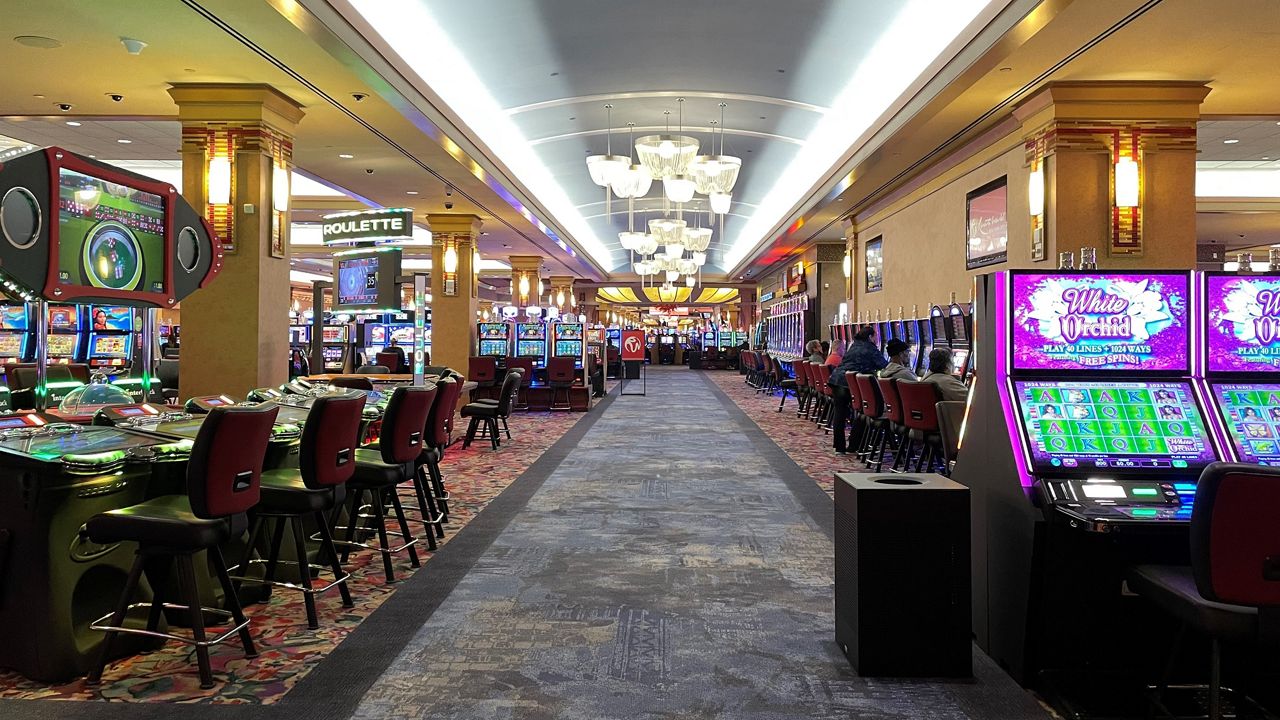Within a lively and exciting world of gaming establishments, where fortune and strategy intertwine, color and aesthetic play a key role in attracting gamblers. From the moment players step inside a casino or access a gaming website, they are immersed in a sightly feast that captures their attention and lures them to explore further. Bright colors, captivating graphics, and innovative layouts are meticulously crafted to create an environment of thrill and expectation, ultimately improving the gaming encounter.
As players navigate through the ever-changing landscape of casino games, they come across a variety of designs that not only serve aesthetic purposes but also affect emotions and choices. Hues like scarlet and gold symbolize riches and fortune, while calm blues and emeralds can create a more relaxed environment. Grasping how these elements function together enables casinos to create an welcoming and energizing atmosphere that encourages players to interact with the games, spend more time at the tables, and increase their overall enjoyment.
The Science of Tint in Casino Games
Hue plays a crucial role in the creation of gaming experiences, influencing player emotions and actions. Vivid and bold colors, such as scarlet and yellow, are often used to stimulate enthusiasm and draw attention. These hues create a sense of pressure and energy, encouraging players to involve themselves more eagerly with the experience. By intentionally selecting tints, designers aim to inspire emotions of pleasure and excitement, which can enhance the total gaming experience.
Distinct shades also have psychological associations that can impact how participants perceive their possibilities of success. For instance, lime is frequently associated with good fortune and wealth, making it a well-liked choice in activities like roulette and poker games. This association can result players to feel more optimistic and confident in their play, ultimately inspiring them to stake more. Understanding these connections allows game developers to create environments that enhance player enjoyment and loyalty.
In addition, the interface of gambling game interfaces often utilizes color gradients and contrasting colors to instruct players’ responses. For case, successful outcomes may be emphasized with bright, opposing hues, creating a visual incentive. This technique reinforces successful results and promotes repeated gameplay. By utilizing color psychology, casinos can design activities that not only attract players but also maintain them engaged and committed in their game experience.
Design Features that Attract Players
The aesthetic appeal of casino games is largely influenced by the implementation of vibrant colors. Lively and striking colors are strategically chosen to create an appealing atmosphere that captures attention. For example, reds and golds often signify good fortune and wealth, which is why they are prevalent in the palettes of slot machines and table surfaces. These colors not only attract players in, but they also evoke emotions related to thrill and anticipation, enhancing the total gaming experience.
In parallel to color, the aesthetic and organization of gambling games play a significant role in player attraction. Games are designed to be intuitive, ensuring that players can easily understand the rules and gameplay. User-friendly interfaces, along with engaging graphics and animations, help maintain player interest and promote extended play sessions. The tactile elements, such as the texture of the buttons and the sounds of the games, also contribute to a holistic sensory experience that keeps players immersed.
In conclusion, conceptual elements in game design can greatly influence player choice. Many gambling games are inspired by popular culture, fairy tales, or adventure themes, featuring symbols and characters that resonate with players. 789win.health These themes create a sense of immersion and relatability, making each game feel distinct. When players feel a connection to the concept, they are more likely to choose that game over others, leading to increased participation and excitement within the gambling environment.
Case Studies: Successful Casino Table Game Designs
One key example of successful casino game design is the well-known slot machine series based around hit movies. Games such as those based on the The Wizard of Oz and Game of thrones utilize dynamic colors and high-quality graphics to enthrall players in well-known narratives. The use of moving visuals and entertaining sound effects grabs the focus of players, establishing an emotional connection to the theme. This tactic not just promotes longer play but also enhances the overall gaming experience, resulting in increased player retention.
Another notable case is the application of the psychology of color in table games like blackjack and roulette. Casinos often design these games with deep reds and greens, colors traditionally connected with luck and wealth. For instance, the green felt on a 21 table provides a relaxing effect, while the crimson accents in roulette invite excitement. This thoughtful use of color helps to establish an inviting atmosphere that encourages players to join in, fulfilling their psychological impulses and boosting their enjoyment.
Finally, social casino games that feature community features and vivid, lively designs have experienced remarkable success in engaging players. Games like Zynga’s Poker and Slot-O-Mania leverage vivid colors and playful animations to establish an inviting online environment. The inclusion of leaderboards, social sharing options, and in-app rewards fosters competition and community, drawing players in for longer sessions. Such designs not only make the games visually attractive but also underscore community engagement, a key factor in player retention and engagement within online casino environments.

